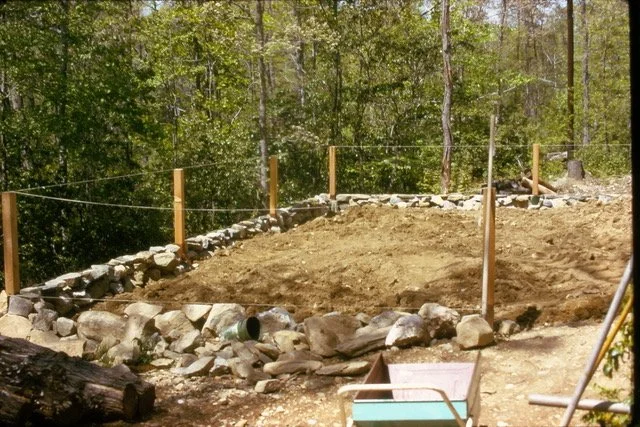A Star in a Bottle
With lots of time on my hands during social isolation, I have been updating myself on technical programs that Barnes Engineering Company participated in decades ago that still show promise of positively impacting the world.
This enormous “machine” is under construction today in France under a multi-decade consortium of nations (including the USA) to develop a totally clean, totally safe source of electrical power to save the planet from global warming. It is called the “International Thermonuclear Experimental Reactor.” Wikipedia has an easy-to-read article on ITER. “National Geographic’s” current issue has a two-page picture.
The technology started out with the aggressive-sounding name TOKAMAK in the physics department of Princeton University. I visited their lab in the early 1980s when we custom-built an infrared radiometer for them that could work in stupidly-high magnetic fields.
Their goal was to learn to build a container inside of which they could safely ignite a star.
The fantastically high temperature and strong gravity at the center of any real star allow the lightest atomic particles to bump into and combine with each other to produce heavier elements. In that process, they release huge amounts of free energy. That fusion reaction is what powers all-stars. Princeton’s TOKAMAK substituted a “donut-shaped” vacuum chamber in which a magnetic field trapped some of those light elements in a rapidly swirling, high-temperature plasma. All that was created by dumping in enough electrical energy from the grid to power all of Princeton.
Over the years, a few fusion reactions did take place and, as predicted, released considerable energy in the form of extra heat that could be used to generate electricity. Everyone was overjoyed, although it was years until the machine could generate even a modest percentage of the electrical power that had to flow in from the grid. But, they had demonstrated that you could capture the conditions at the center of the Sun (Star-in-a-Jar, they called it). Unfortunately, these periods of joy generally lasted for only a moment or two if that long. All that was needed, they postulated, was to scale the apparatus up. That is what ITER is doing in France.
The above cut-away view of ITER shows what they are building. Note the dark hollow at the center, that’s the donut-shaped vacuum containment. Surrounding it are extraordinarily strong electro-magnets that force everything inward so the super-heated plasma never touches the containment walls. Everything pictured here goes into the circular area of the construction project shown in the first picture. It is TOKAMAK scaled way up.
The fuel for the ITER and all TOKAMAK devices are the two lightest elements, hydrogen and deuterium. These can be distilled from any source of water, including sea water, by applying electricity. That electricity will be provided by the ITER, of course.
The good news is that there are people really working on solving the Earth’s climate change problem. Once you can build stars-in-jars that steadily generate more electricity than they consume, an all-electric economy looks possible.









